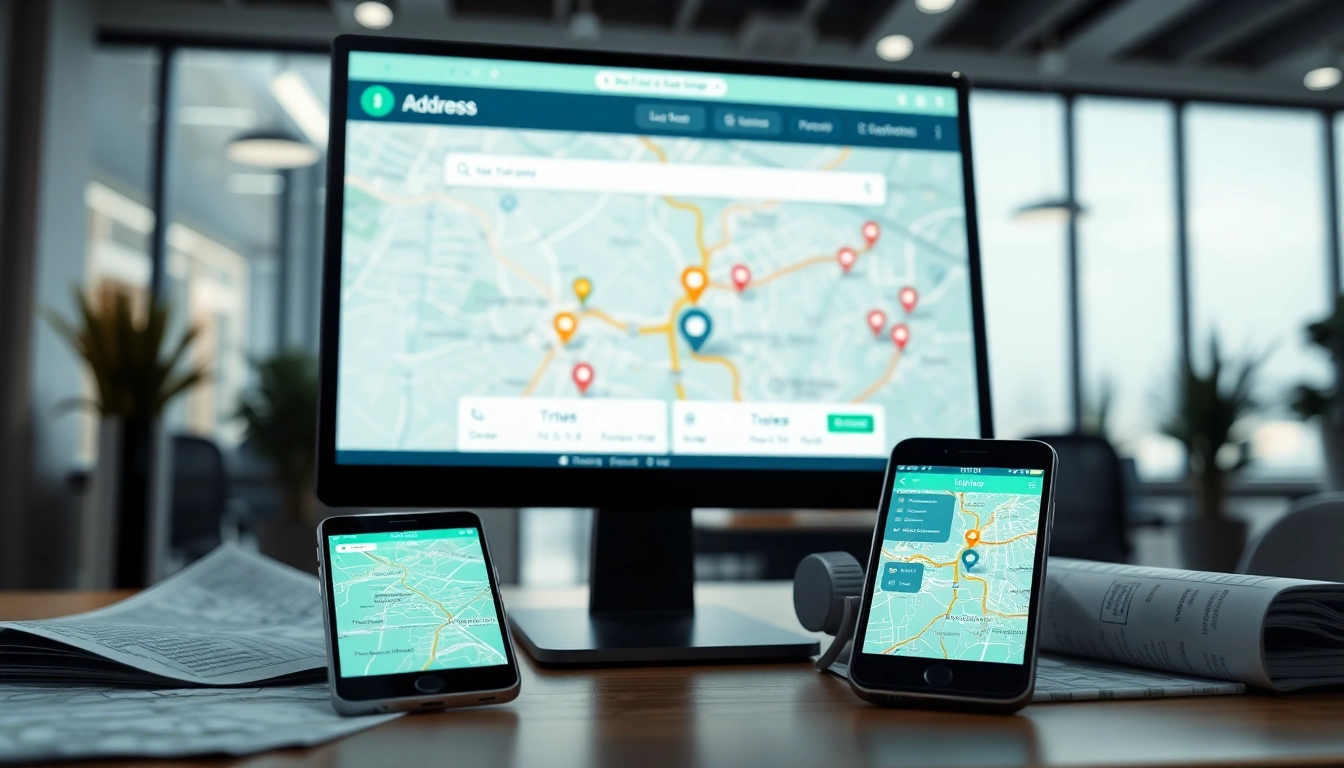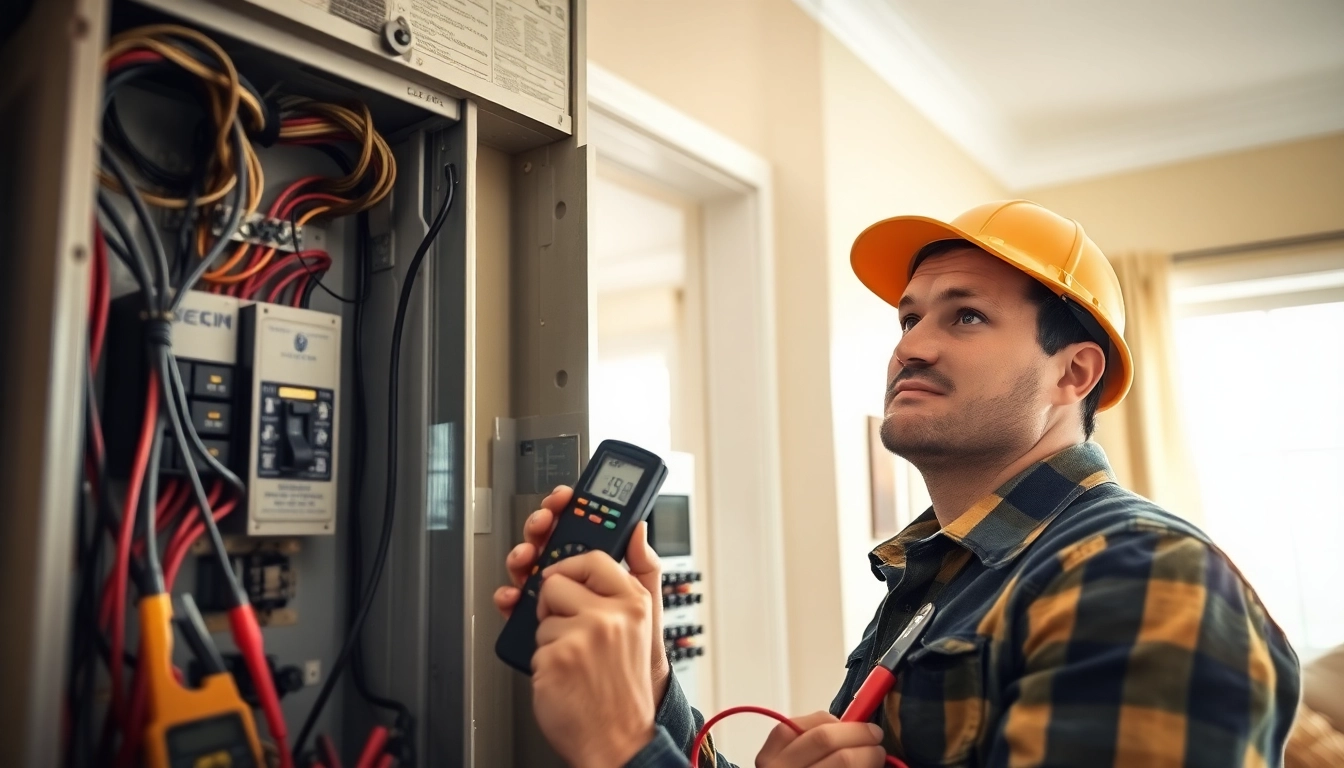Understanding Emergency Light Testing
In today’s world, safety and preparedness are paramount, especially in commercial buildings where large crowds may gather. An essential aspect of building safety is ensuring that emergency lighting systems are operational during a power outage or emergency situation. Effective Emergency Light Testing plays a crucial role in safeguarding building occupants and ensuring compliance with regulatory standards.
What is Emergency Light Testing?
Emergency light testing refers to a systematic evaluation of emergency lighting and exit sign systems within a building to ensure they function as intended during an emergency event. These tests typically involve both visual inspections and functional tests that verify the operation of the lights and their power sources. The testing process is designed to assess various factors, such as the amount of illumination produced, battery performance, and the overall operational reliability of the lighting equipment.
The Importance of Regular Testing
Regular testing of emergency lights is not just a good practice; it is often a legal requirement. Organizations must comply with standards set forth by the National Fire Protection Association (NFPA) and local building codes, which mandate routine inspections and tests. Failure to conduct these tests may result in serious consequences, including hefty fines, increased liability in the event of an emergency, and, most importantly, risks to human safety. Beyond the regulatory aspect, regular testing ensures that when an emergency strikes, the lighting systems will perform adequately, providing necessary illumination for safe evacuation.
Key Components of Emergency Lighting Systems
Understanding the components of emergency lighting systems is vital for effective testing. Key components include:
- Emergency Lighting Fixtures: These are specialized lights designed to activate automatically during power failures.
- Exit Signs: Illuminated signs that guide occupants toward exits, which must be visible in darkness or smoke.
- Battery Backup: A critical feature that allows lights to operate independently in case of power loss.
- Control Circuits: Systems that detect power outages and activate emergency lights.
Regulatory Compliance and Standards
Compliance with regulatory requirements is an integral part of the emergency light testing process. This section will delve into the critical standards that govern testing practices.
NFPA Guidelines for Emergency Light Testing
The NFPA has established comprehensive guidelines in NFPA 101, the Life Safety Code, which sets forth requirements for emergency lighting systems. According to NFPA guidelines:
- Emergency lights must undergo functional tests at least monthly, with a duration of 30 seconds.
- Annual tests should be performed to assess battery capacity over a minimum of 90 minutes.
- Documentation of tests is mandatory, with records retained for future inspections by local authorities.
Local and State Regulations
In addition to NFPA standards, local and state regulations may impose additional requirements on emergency lighting systems, including specific testing protocols and reporting procedures. Understanding these varied regulations is essential, as non-compliance can result in legal action, fines, or increased liability. Organizations should consult their local fire marshal or building authority to ensure they meet all applicable requirements.
Documentation and Reporting Requirements
To demonstrate compliance, it is crucial to maintain detailed records of all testing activities. Documentation should include:
- Date and time of tests
- Person responsible for the test
- Results of the test, including any deficiencies noted
- Actions taken to rectify deficiencies
Such records assist in audits and can be instrumental in legal proceedings should an incident demand scrutiny of safety practices.
Types of Emergency Tests
Emergency light testing can be categorized into several distinct types, each designed to assess specific functionalities of emergency lighting systems.
30-Second Monthly Function Tests
Monthly functional testing is a cornerstone of emergency light maintenance. This simple yet critical test ensures that emergency lights can activate correctly. It involves pushing the “test” button on each unit, shutting off the main power supply, and verifying that the light illuminates for at least 30 seconds. This process confirms not only that the light works but also that the power source, typically a battery, is functioning effectively. Documentation from this test should be clear and readily accessible.
90-Minute Annual Capacity Tests
The annual capacity test assesses the battery’s ability to sustain power during an extended outage. For this test, the emergency lights are activated for a duration of 90 minutes, simulating conditions during an actual emergency. This test ensures that batteries are sufficiently charged and can hold the charge through the expected evacuation period. Failures during this test should be addressed immediately, often necessitating battery replacement or servicing of the lighting fixtures.
Visual and Manual Inspections
In addition to functional tests, visual inspections play a critical role in maintaining emergency lighting systems. Regular visual checks should be performed to examine:
- Physical condition of light fixtures
- Clarity and legibility of exit signs
- Unobstructed paths to exits
Any issues identified during visual inspections should be logged and resolved promptly. This proactive approach minimizes potential hazards during an emergency.
Implementing an Effective Testing Schedule
Developing an effective testing schedule involves organizing regular checks and assessments tailored to the specific needs of your facility. The following elements should be considered:
Creating a Testing Checklist
Lists are invaluable when it comes to systematic testing. An effective testing checklist should include all components that require assessment, detailed instructions for performing tests, and a designated space for recording results. A well-structured checklist simplifies the process, ensuring no steps are overlooked.
Determining Testing Frequency
While some tests are obligatory on a set schedule (e.g., monthly and annually), other facilities may benefit from more frequent assessments based on occupancy levels, building layout, and past performance of the lighting systems. Organizations should evaluate their existing protocols and adjust testing frequencies as necessary to ensure maximum reliability and compliance.
Assigning Responsibilities within the Organization
Establishing clear responsibilities for emergency light testing is essential for accountability. Designate a qualified individual or team responsible for conducting tests, maintaining records, and addressing any deficiencies found during inspections. Training employees on proper protocols further enhances safety and ensures that testing is performed accurately and effectively.
Common Challenges and Solutions
Organizations often face several challenges in implementing effective emergency light testing procedures. Understanding these challenges can lead to proactive solutions.
Identifying Non-Functional Lighting
One of the most significant challenges is identifying non-functional emergency lights before an emergency occurs. Regular testing mitigates this risk, but visual inspections coupled with appropriate documentation practices are also important. Visual checks combined with monthly tests allow for early identification of issues, minimizing the likelihood of failures during critical moments.
Training Staff for Effective Response
Employees may not always understand the importance of emergency lighting and the procedures for testing and maintaining these systems. Training is essential and should encompass the importance of safety in emergencies, understanding how to test lights, and procedures for reporting issues. Regular drills and practice sessions can reinforce this training, ensuring readiness in an actual emergency.
Using Technology to Streamline Testing
In an era of technological advancement, leveraging technology can streamline emergency lighting testing processes. Various maintenance management systems and software allow organizations to automate testing schedules, maintain accurate records, and generate reports quickly. Automated systems can notify staff of upcoming tests and record results in real-time, ensuring compliance and reducing the burden of manual documentation.














Leave a Reply